The biggest course redevelopment in Australian golfing history is set to propel Peninsula Kingswood Country Golf Club’s North and South Courses onto the world stage.
Six years in the making, Peninsula Kingswood Country Golf Club finally got a chance to celebrate with its official opening.
“Peninsula Kingswood is a gift to the game of golf – a great test that sits comfortably alongside Melbourne’s other Sandbelt gems like Royal Melbourne and Kingston Heath,” said Victorian Premier Daniel Andrews, who marked the occasion with a ceremonial drive.
Former US Open Champion Geoff Ogilvy, headlined a low-key match with others that included Ogilvy’s colleague in course design, Michael Cocking, the man being widely acclaimed for the enormously impressive redesign of the North and South courses at the southern extremity of the Melbourne Sandbelt.
Anyone acquainted with Cocking knows he will shrink away from any direct comparison
with the great Dr Alister MacKenzie but his personal history with Peninsula Kingswood is somewhat similar to MacKenzie’s relationship with the much-lauded Pasatiempo layout in Northern California.
RIGHT: South Course 7th hole. PHOTO: Brendan James.
MacKenzie spent the latter years of his life living in a house to the side of the 6th fairway, watching closely as his creation evolved, tinkering where he saw fit. Cocking has essentially done it in reverse, with his emergence as a player and course designer linked to his time at Peninsula first as a junior golfer, pennant player and 20-year member.
Peninsula also provided the platform for his beginnings in course design, approaching Mike Clayton for an opportunity to collaborate in some capacity when Clayton was engaged by the former Peninsula Country Club to do course works many years ago. The merger of the Peninsula and Kingswood Golf Clubs in 2013 led to the now ‘Ogilvy Clayton Cocking Mead’ firm’s engagement to totally revamp the 36-hole facility, with Cocking taking responsibility for much of the lengthy project.
“One of the pressures there beyond a normal project was that I’d been a member there for
20 years and knew a lot of people. You have such a vested interest in it because it was my club and you want it to be as good as possible.” Cocking explained.
“We didn’t start out trying to make two different courses …” – Mike Cocking
While the original brief for Cocking was focussed largely on improving course conditioning, as the merger unfolded, so too did discussions about realising design improvements on both layouts.
“We didn’t start out trying to make two different courses. I kind of argued, you’ve just got to let the land dictate what is happening,” Cocking says. “Part of the works was to try to make the South feel more like a sandbelt course and then unveiling the sandbelt characteristics of the North.
“In the end, other than the creeks on the South, there’s a lot of similarities between the two.”
The end result showcases putting surfaces of bentgrass that are as quick and firm as any the members have ever experienced, spectacular flash bunkering and impeccable short grass areas that ‘connect’ green complexes and nearby teeing areas in such an aesthetically pleasing fashion.
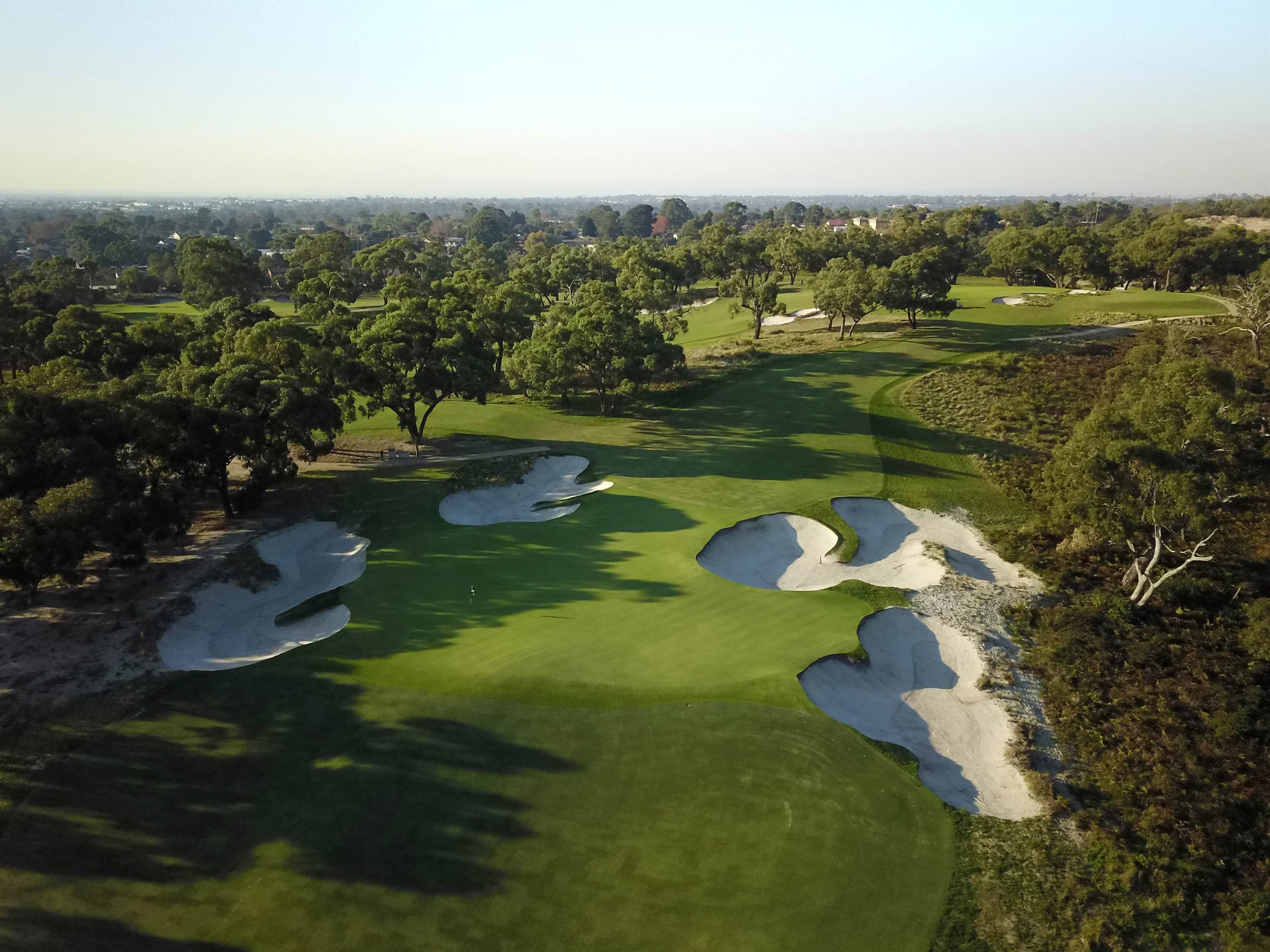
Almost everyone playing their home course week in, week out, inevitably form strong opinions on what they’d do if they had the ability to make changes. Sitting around the 19th hole, we all have an ‘amateur architect’ streak in our nature despite our aspirations completely outstripping our abilities in most cases.
However, the same can’t be said for Cocking. Surely when the opportunity finally presented itself, there were certain holes or areas he’d been longing for the opportunity to get his teeth into?
“When I first joined, I was 15 and would have judged a golf course based on its condition, really. The more I got to know and the more I got into the industry, you would look at aspects of the course and think ‘what if?” Cocking said.
“Certainly the creeks on the South, we really hadn’t planned on building any but there was one opportunity after I found an old photo of Augusta’s creeks. It was a section you don’t often see on camera during The Masters but it had this stone wall, it was on the 13th.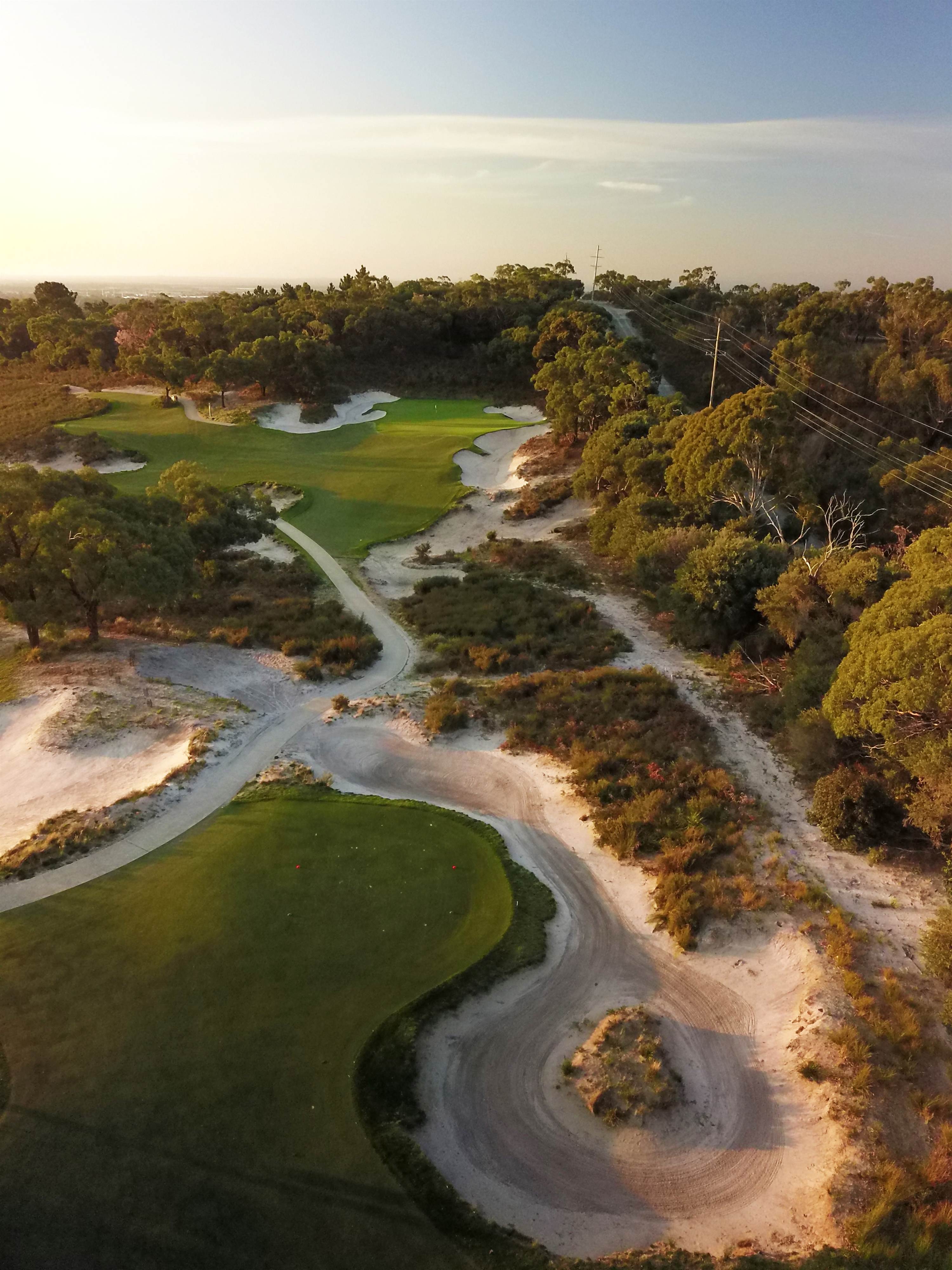
“So we thought, maybe there’s an opportunity to make it more attractive and make it easier to maintain and have the water cycling through it all the time. We did a small section and the Board loved it so much that was almost like ‘Where else can we put some more creeks?’”
RIGHT: North Course 2nd hole. PHOTO: Brendan James.
Plans from the 1930s or 40s revealed that there were creeks ‘everywhere’ on the South so Cocking removed all the pipe works to reinstate the creeks, embedding seemingly random sections with the charming stone wall features that add an understated, but classy, element to the water courses.
The hole Cocking conceded he was most looking forward to ‘doing’ however was the 8th on the North, the short, downhill par-4.
“It was such an interesting bit of land that was still the product of a few different eras; one group had worked on the bunkers and some other remedial works had been done. It looked like it should be a really spectacular hole and it turned out great, it’s almost a cross between 10th West at Royal Melbourne and the 4th at Barnbougle Dunes.
“There was an opportunity to build a really intimidating hazard on the corner and build in lots of options.”
Despite a work schedule that has him regularly criss-crossing the globe, Cocking’s game still holds up to the days where he once harboured aspirations of a pro career. As an amateur, he was good enough to have tied for sixth place behind Colin Montgomerie in the 2001 Australian Masters – the same event that Nathan Green famously holed out for an ace to pocket $500,000.
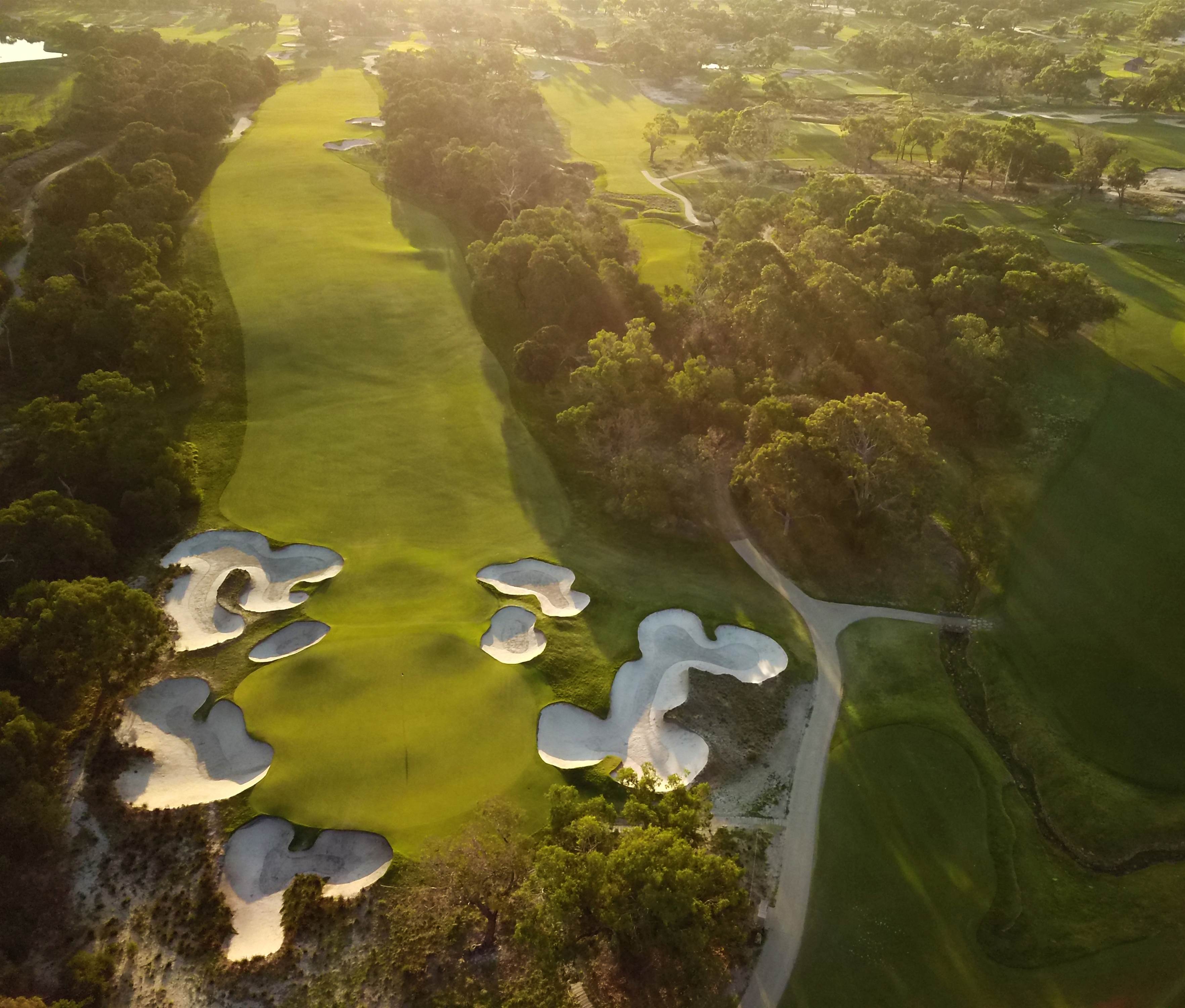
I’d suggest Cocking might also come out on top on more than a few occasions against his fellow OCCM colleagues, despite one of them in particular being an aforementioned US Open winner.
On the day we played the North Course, Cocking almost provided his own version of the famous ‘Robert Trent Jones/Baltusrol’ moment by hitting a superb drive over the corner bunker on the 8th that rode the right-to-left wind, missing the hole by a matter of inches before plunging into the capacious bunker of his own making beyond.
“They’re some of our favourite holes, on the edge of par, the half-par holes,” he said after ‘almost’ executing the near impossible flop shot back to the pin, “Short fours, short fives but particularly, where the choice is confusing and where you might have four or five clubs in your hand and aren’t sure which one to take.”
“It has much more of a Royal Melbourne, Kingston Heath sort of feel to it now which is what we wanted.” – Mike Cocking
Peninsula Kingswood – who Cocking labelled a ‘brilliant client’ – had the courage and confidence to afford OCCM the licence to do what they thought was best, despite their considerable vested interest. Cocking said there was a prevailing attitude among the board and members of ‘How good can this be?’ which, for a course designer, is an exciting environment to work in.
“Credit to Peter Sweeney, who was the president and greens chairman. He jokes with people that the only time we slightly disagreed on anything was on the 4th South, the long par-4,” Cocking said. “There’s a hump just short of the green as I really like that hump in front of the 4th on the Old Course at St Andrews, where you’ve got a long club in your hand and you’ve got to deal with it on your approach.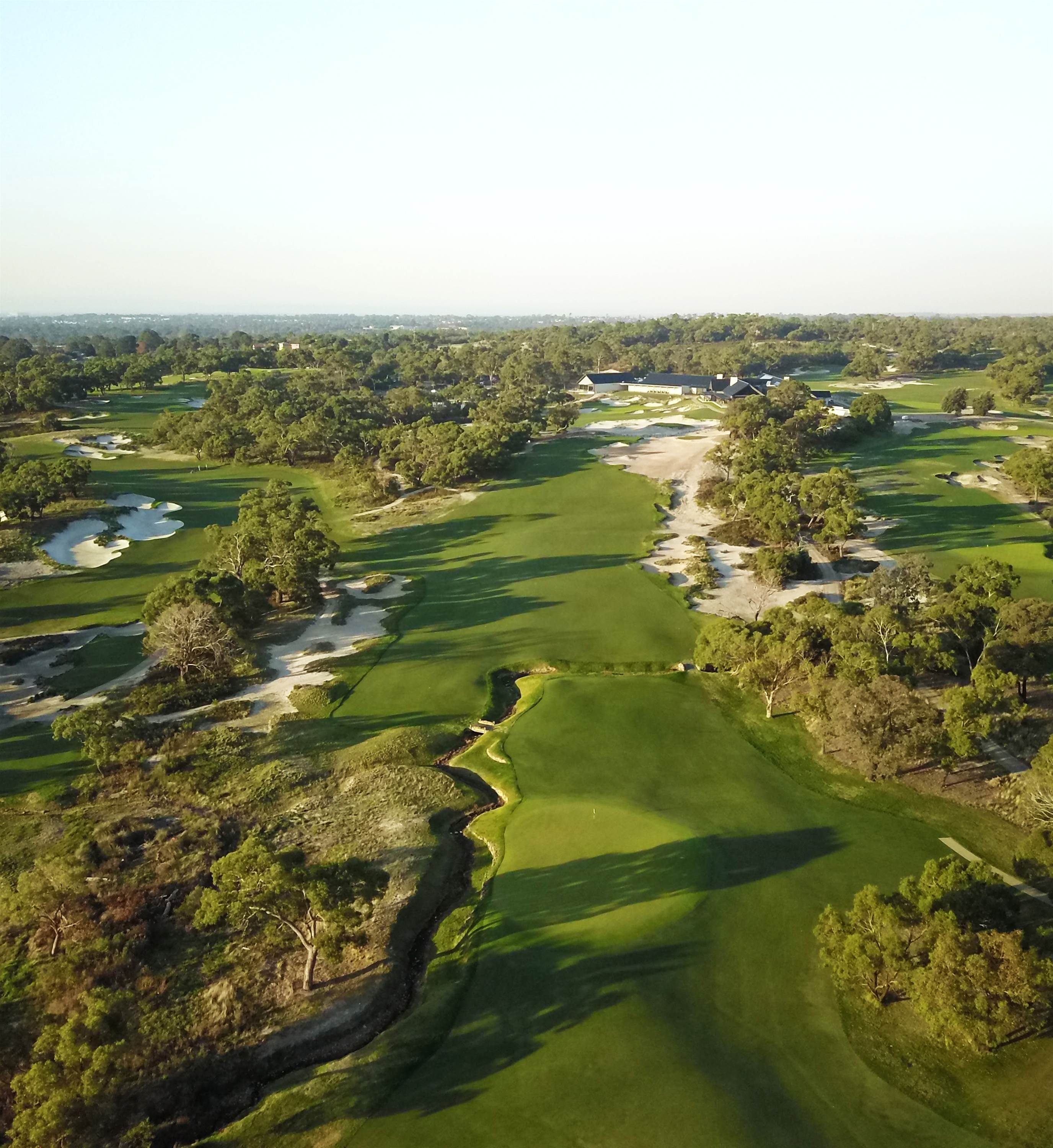
“It was a bit higher than it is and he thought it looked a bit funny. So we took it down a foot and he was happy!”
RIGHT: South Course 1st hole. PHOTO: Brendan James.
Aside from paying homage to the Old Course, the topography of the land allowed Cocking to introduce examples of other well-known features of golf course architecture to the redesigns. A subtle ‘Biarritz’ undulation in the green on the 8th South, a very large Redan green complex on the long par-4 10th of the North, however the inclusions are far from overdone with classic sandbelt design elements quite rightly taking centre stage.
Far from the least of those elements has been the re-emergence and re-introduction of the natural heathland vegetation of the area, which Cocking suggests are the best examples of those you’ll find on the Sandbelt.
“The features of sandbelt golf, a lot of it’s about the flash sand bunkers, the style of the greens and the scruffy roughs,” he says. “These can be sandy or long native roughs but particularly the heathlands that you get around the tee carries and around the bunkers.
“There were quite a lot of areas, particularly on the North, which had this beautiful remnant vegetation that had been there forever. There’s almost a monostand of coastal manna gums throughout the entire North course, so what we did was remove all the other introduced species to uncover that.
“We removed a lot of the weed, a lot of the clutter and the introduced species and now we’re left with this amazing backdrop of these manna gums and this amazing heathland. And in some areas, the feed bank had stayed in the soil so when we opened it up to sunlight and rain, all these heathland plants started to regenerate.”
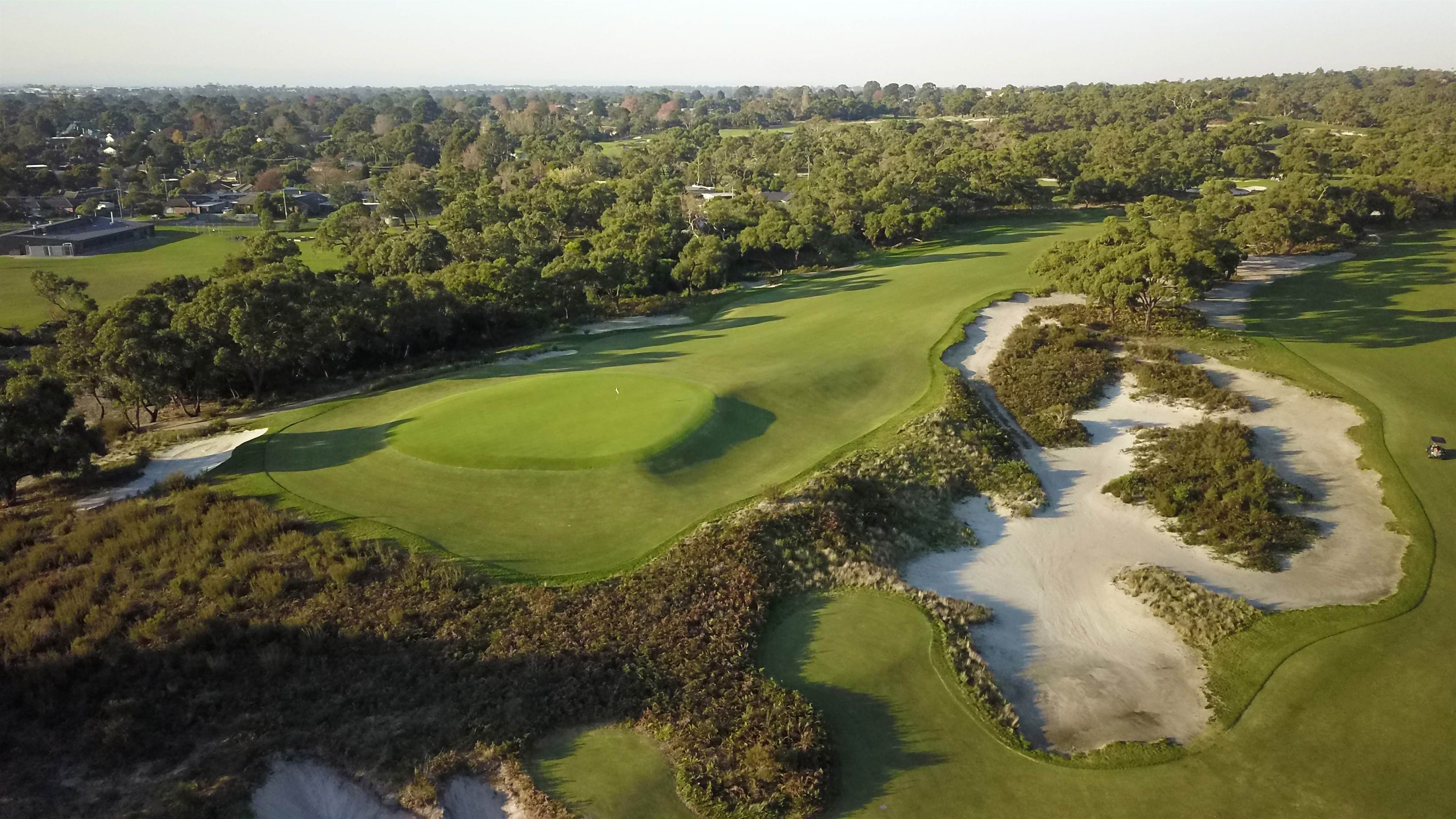
OCCM were able to grow in about half a million plants and grasses from this growth which were replanted primarily into the South course. The clearing work also served to open up views around the golf courses and broader peninsula area to as far as the Melbourne CBD, aspects that many long-term members had forgotten existed.
“It has much more of a Royal Melbourne, Kingston Heath sort of feel to it now which is what we wanted,” Cocking said, “And there are still a handful of trees to take out that will open up the views even more.”
The opening ceremonies will punctuate a moment in time for celebration among members, many of whom were around when both clubs took the plunge into the unknown with an historic merger six years ago. And celebrate, they should.
What they now have at their disposal are world-class clubhouse and recreational facilities and not one, but two golf courses and short-game facilities of supreme quality – spectacular examples of all that is so revered about Melbourne Sandbelt golf.
Related Articles

Course Review: Cape Kidnappers

Drinks With... Ricky Ponting
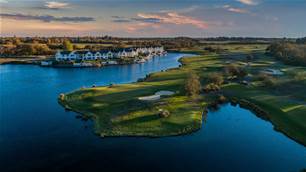







_15th_hole.jpg&h=115&w=225&c=1&s=1)




